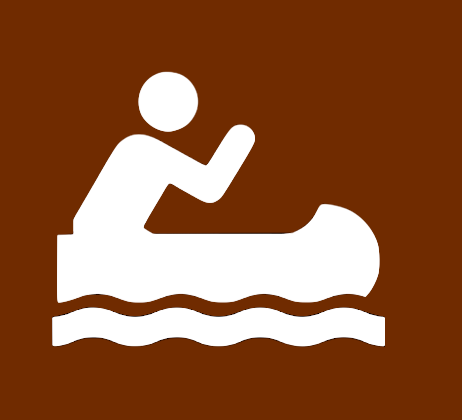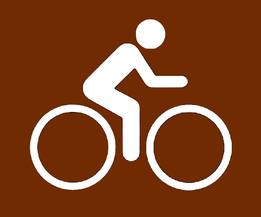I was in a canoe, bobbing on powerboat wakes and baking in the sun. And hoping my Android was safe in its plastic envelope.
I was scouting for butterflies along an uninhabited shoreline just outside of Ottawa, and the canoe seemed to be the best mode of transportation for the task ahead, as I did not want to scare off any butterflies, and the canoe is quiet.
|
Wait, hold everything! Uninhabited waterfront within day-tripping distance of Ottawa? Yes, it is strange but true. The west shore of White Lake near Pakenham has no road and few cottages.
I must have been a comical sight, trying to snap a Monarch crossing the lake. They fly fast, especially when they are going with the wind––much faster than I can paddle the canoe. No chance of a closeup, in fact no photos at all that day. |
|
The previous week I had been on my mountain bike, riding a trail in Gatineau park. That is cheating in a sense, as the trail was formerly a logging road. The mountain bike is a better choice than the canoe, because you can spot a butterfly, drop the bike and frame the photo more quickly.
It worked out well, except that the butterfly lighted on a leaf too far from me. It was visible in the photo, but for species identification the photo was not good enough. You would have to trust my claim that I saw it clearly when it was flying––a white admiral! |
|
Still, biking is not the best for butterfly scouting around here, because bike paths do not go where the butterflies are.
You really need to be near flowers to see them. That might mean you need to use “Shanksey’s ponies”: just hoof it up a trail to an open meadow with your phone in hand and your eyes open, riding nothing more fancy than your own two legs. Then the biggest problem is just to know whether you are photographing a new specimen each time, or the same flutterby that you got 15 minutes ago. |




